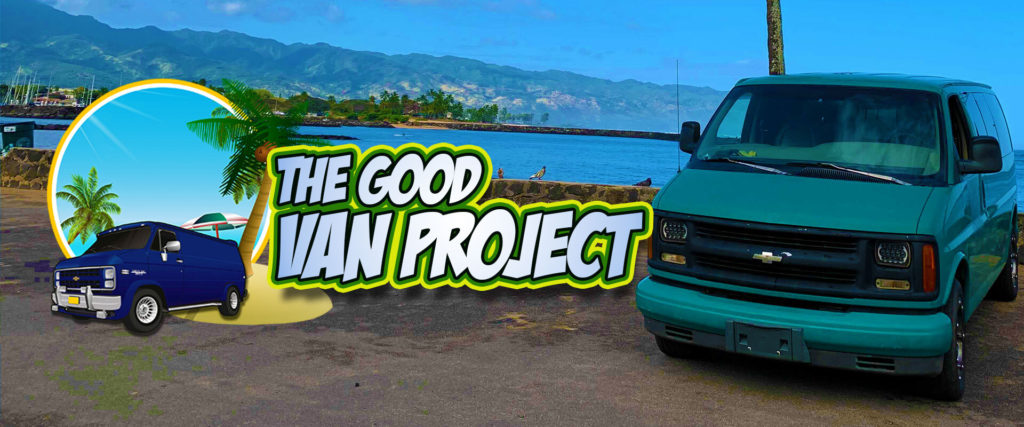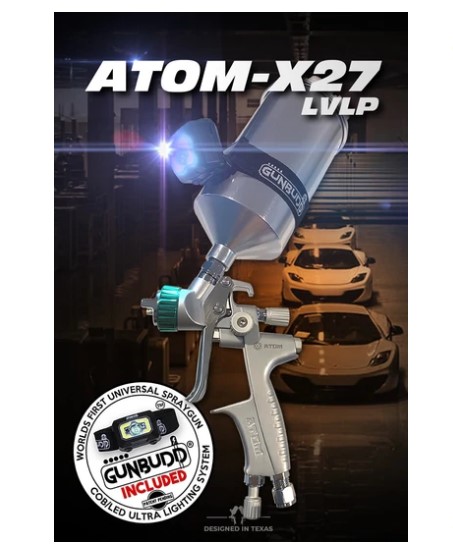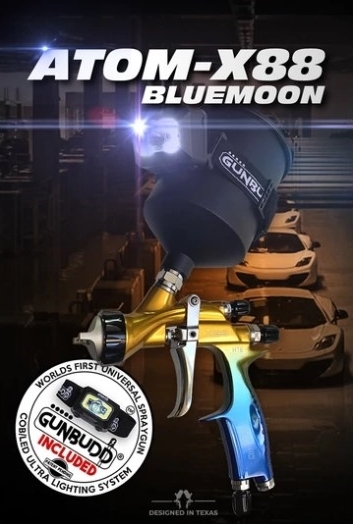If you are planning on painting your own car or doing auto bodywork repair take some time to read this blog or watch and join Autobody Q&A to get some tips and advice. Don’t forget to sign-up for to Learn Auto Body and Paint FREE COURSE for the step-by-step autobody work/process of “The G.O.O.D. Van Project”. Please also LIKE and SUBSCRIBE to my YT channel for new videos coming out.
🟢🟠🔴
QUESTION: I just painted a hood and a piece of plastic fell so I know I have trash under the clear. Can I sand, repaint and reclear?
Absolutely you can. I would let that dry for a couple of days, make sure the paint is cured, and make sure it’s all dried up. Then sand it down with 400 grit, you might have to block out the part where a piece of plastic fell on it. You can absolutely re-spray something for a few days. Sometimes you’re doing a customer job and you got to get something in and out. You could safely sand and paint freshly painted paint the next day, but it’s good to wait a full 24 hours at least. So I would say the second day after painting, no problem third day even better.
QUESTION: I’m doing a collision repair: front fender and bumper cover. A friend told me another friend said to use a flex additive. I’ve never used it before. Any recommendations?
You don’t have to use a flex additive for regular bumper covers, it’s not needed. But if you want to you can it’s not going to hurt. I don’t use it because the paint is flexible out of the box. Any paint is flexible. If you paint a piece of plastic and you bend it, it’s gonna flex and it won’t crack easily. It only cracks if you’re putting a real deep gouge crease in it then it can crack. And if you’re gonna be denting a piece of plastic or a bumper cover that much, the flex additive is going to crack anyway, so you don’t have to, but if you want to add it in there.



QUESTION: How do you remove rust from primed-only hood?
If you have surface rust or rust coming, you got to sand it off. So number one, get rid of the rust if you see any rust. If it’s a lot of it, you can treat it with vinegar water or naval jelly. They have naval jelly rush treatments and then you’re going to want to make sure you wash the treatment off again after with water then scuff it up with 80 grit. After that, you can fill it with an epoxy primer or you can just put a direct to metal 2k filler primer on top of that. That’s how you seal it up and then you paint it.
QUESTION: What grit would you use to scuff the single-stage fender before I repaint it?
You could use 400 grit, the finer the better coz you don’t want to go too fine but 400 is literally the perfect sand scratch grit to paint base coat clear coat or single stage over. Or you could actually go rougher coarser for like a 380 or a 360 if you’re doing a single stage. Single-stage is really thick and it fills but why not just go with 400. I finished off the van with 400 that’s why it lay down so nice.
🔗FOR MORE HELPFUL LINKS🔗
Paint Peeling Repair | Paint Gun Settings | Best Sandpaper Grit and More Autobody Q&A
Primer, Base/Clear Spray Gun, Sand to Bare Metal or Not? Causes of Orange Peel? | More Autobody Q&A
How To EASILY Fix Chemical Reactions On Your Car Paint Job | Autobody Q&A
$25 Spray Gun VS Mid Grade $150 Spray Gun – Spraying 2k Filler Primer + Golden Paint Tips!
Collision Repair Basics: Front Bumper Support Install and Alignment
